The Treasury Inspector General for Tax Administration (TIGTA) today publicly released its audit of the Internal Revenue Service's (IRS) efforts to ensure the accuracy of Combat Zone indicators. These indicators are used by the IRS to identify military personnel, or civilians who support military missions, who are deployed to or work in combat zones.
Special Federal income tax benefits, including the exclusion of combat pay from taxation and extension of time to file tax returns and pay taxes, are extended to members of the military. While civilian employees supporting the military in combat zones are not entitled to the military pay exclusion, they are entitled to other benefits, including extensions of time to file returns and pay taxes. TIGTA found that Combat Zone indicators are often inaccurate, which can result in taxpayers not receiving the benefits to which they are entitled or continuing to receive benefits to which they are not entitled.
"This is not the first time we have reported these findings," commented J. Russell George, the Treasury Inspector General for Tax Administration. "The IRS must do its best to correct this problem, especially during wartime," added Inspector General George.
TIGTA recommended that the IRS develop processes to distinguish military taxpayers from civilian taxpayers, properly identify individuals who are in the military when a couple files a joint tax return, ensure indicators are properly reversed, and discontinue providing the option for taxpayers to self-identify Combat Zone service by annotating their tax return. The IRS also should review the accounts of nonfilers with inaccurate indicators to determine if notification or compliance actions are needed, validate Combat Zone service at the time an individual self-identifies, and develop a secure fillable form with the required data fields to improve electronic self-identification.
IRS officials agreed with nine of the ten recommendations. The IRS disagreed with the recommendation to develop a process to distinguish military taxpayers from civilian taxpayers, indicating that they already have the ability to make that distinction. However, TIGTA found the IRS's existing process to be inadequate.

